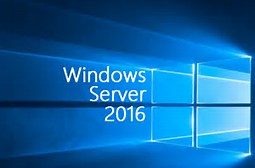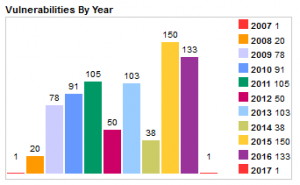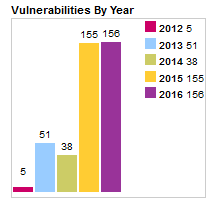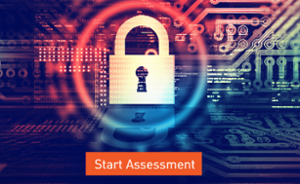
Microsoft released Windows Server 2016 in September last year to the mantra “agility meets control meets security” with key features including a more robust operating system and improved security out-of-the-box.
Windows Server 2016 continues to get Server Core as an installation option, but also provides something newer, smaller and with an increased emphasis on remote management and automation; is the cloud-ready operating system that will support your current workloads while introducing new technologies that make it easy to transition to cloud computing when you are ready; and delivers powerful new layers of security along with Azure-inspired innovation for the applications and infrastructure that power your business.
We have compiled an additional 5 reasons why it is important for you to upgrade to Windows Server 2016 right now.
1. Don't let your platform rot under you
The older an OS gets, the harder it is to upgrade due to incompatibilities. Many businesses who stay with an old server operating system over four years old find they have significant pain in upgrading to a new version, often due to support of applications or other infrastructure such as SQL, Web services and remote desktop systems. Line of Business application vendors may not support old versions therefore forcing you to conduct multiple upgrades at one time for example jumping from version 4 to version 8 may not be possible without upgrading to version 6 during the process... upgrading multiple versions at one time can be costly and can make it difficult to understand where potential upgrade issues may come from, upgrading like this does not allow for testing per version before moving on, hence open to vulnerabilities.
2. End of Support
Server 2008 and 2008 R2 reached their end of mainstream support two years ago in January 2015. For example discontinued feature and performance upgrades can cause your system to feel more sluggish as time goes on resulting in slower performance impacting business productivity.
All support for these versions ends in January 2020, less than three years from now... With discontinued bug fixes and security updates your business may as well send a "flashing green light" beacon for Cyber criminals...
3. Increased vulnerabilities in older operating systems
Just like Moore's Law speaks about the increasing power of computers by year, the same effect occurs in cyber security. Older operating systems are considered the low-hanging fruit by hackers, and once an Operating System enters End of Life (EOL) less resources are put into protecting them.
Vulnerabilities per year for Server 2008

Source: CVEdetails.com
Vulnerabilities per year for Server 2012

Source: CVEdetails.com
4. Future compatibility
The chances are pretty good that some of the systems you'll need over the next four years will need a newer operating system. Adopting the newer standard will give you a longer period of compatibility.
5. Better integration
The MS Windows Server 2016 has been designed to mesh into a network of Windows 10 PCs, Exchange 2016 servers, SQL 2016 services and the eco-system of applications from the last year or two.
If you are still running Windows Server 2008 / 2008 R2 we strongly recommend you upgrade ASAP...
How can Diamond help?
If you have any questions surrounding your business server or MS Windows Server 2016 in general, or if we can assist in any way please fill out online form below or call us today on 1300 307 907 or why not take our online security assessment below to gauge how vulnerable your business may be...
Diamond IT Cybersecurity Assessment
Take our tailored Security Assessment to gauge how protected your business is from potential online attacks...





